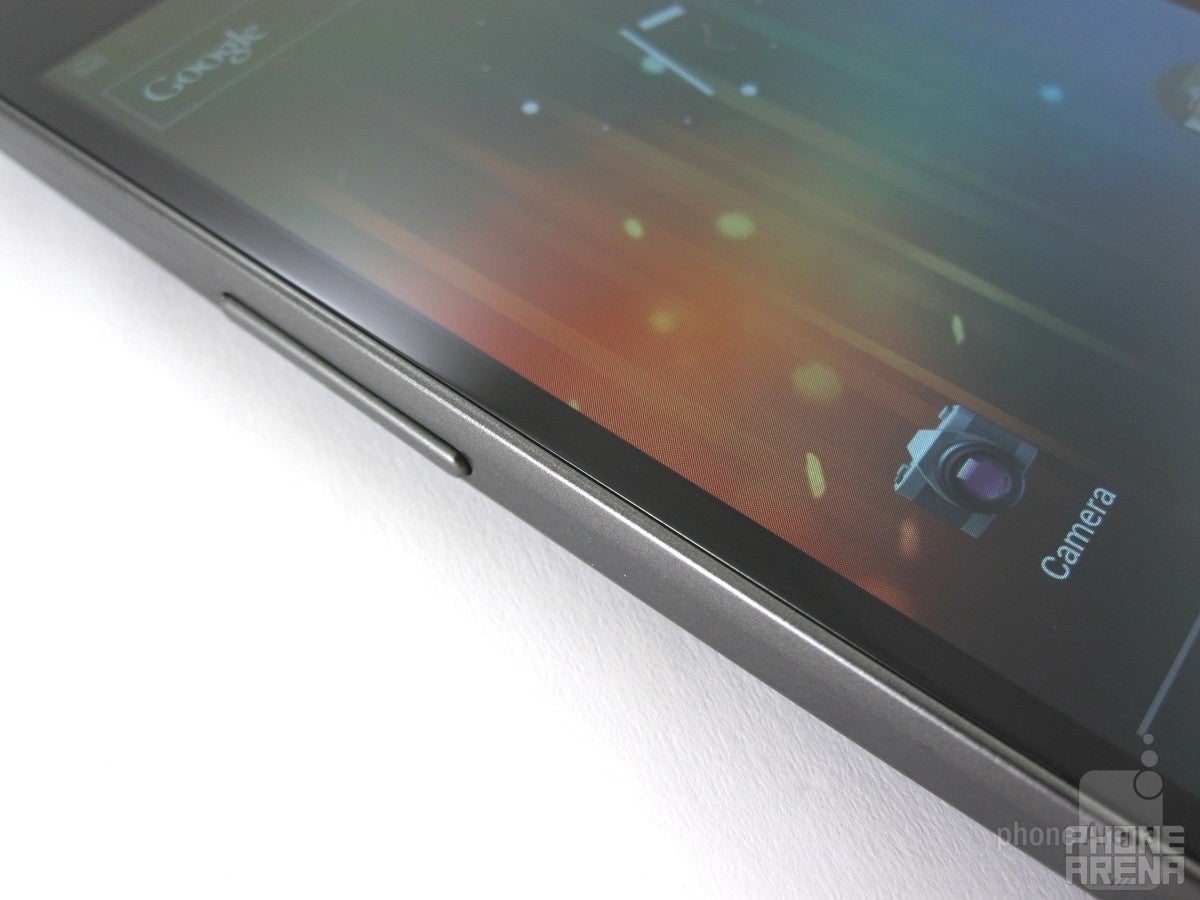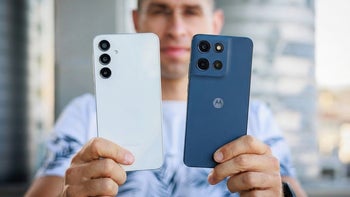Smartphone displays need a bezel. Here's why
This article may contain personal views and opinion from the author.

Back in the day before the iPhone 4S, rumor had it that the successor of the iPhone 4 would have a larger display. Furthermore, it was speculated that the iPhone 5, as it was referred to back then, would have a display with no bezel. Or in other words, an edge-to-edge touchscreen. These rumors turned out to be completely wrong.
But the rumor mill knows no rest. It is now speculated that the Samsung Galaxy S III (which has yet to be made official, by the way) will have a display without a bezel on its left and right sides. What's more is that Samsung is allegedly working on another smartphone – the Samsung Galaxy B, which will also lack a bezel around the sides of its display.
Sounds awesome, right? Well, not really. You see, the bezel surrounding your smartphone's display has at least several very good reasons for being there, and we are going to go over them right now.
Firstly, a bezel adds structural integrity to the smartphone and protects it from accidental bumps and drops. If its display extended all the way to the handset's sides, its glass surface would be a lot more vulnerable to cracking. Besides, bezels are there to make touchscreens easier to use. If you are not so sure about that, try the following: get your smartphone and hold it comfortably with a single hand. Now try to touch its display on the side, which is opposite of your thumb. Chances are that the lower part of your thumb will be in contact with or really close to the device's bezel, and if that were sensitive to touch, your smartphone would have a hard time registering your input properly.

The bezel around a smartphone's display is there for a reason
In a nutshell, eliminating the bezel around a smartphone's display may sound like the next big thing in handset design, but it may turn out to be a not so good idea due to the reasons we just described. However, we are not saying that a smartphone without a display bezel is impossible to make. It is just that whichever company decides to make it should have ways to tackle the aforementioned issues. For example, ensuring that the touchscreen does not register accidental finger contact may be possible with some clever programming.
So, guys and girls, what is your take on the matter? Are display bezels bound for extinction, or are they here to stay? Feel free to share your opinion with us by dropping a comment below.
Mock-up courtesy of Netaholics
Follow us on Google News













Things that are NOT allowed:
To help keep our community safe and free from spam, we apply temporary limits to newly created accounts: